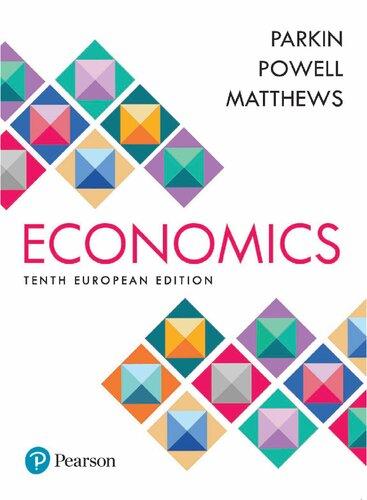3 Why does a collusive agreement to restrict output and raise price create a game like the...
Question:
3 Why does a collusive agreement to restrict output and raise price create a game like the prisoners’ dilemma? The Nash equilibrium for the prisoners’ dilemma is unique: both players cheat (confess). Not all games have a unique equilibrium, and one that doesn’t is a game called ‘chicken’.
An Example of a Game of Chicken A graphic, if disturbing, version of ‘chicken’ has two cars racing towards each other. The first driver to swerve and avoid a crash is the ‘chicken’. The payoffs are a big loss for both if no one ‘chickens out’, zero for both if both
‘chicken out’, and a gain for the player who stays the course. If player 1 swerves, player 2’s best strategy is to stay the course. And if player 1 stays the course, player 2’s best strategy is to swerve.
An Economic Example of Chicken An economic game of chicken can arise when research and development (R&D) creates a new technology that cannot be kept secret or patented, so both firms benefit from the R&D of either firm. The chicken in this case is the firm that does the R&D.
Suppose, for example, that either Apple or Nokia spends £9 million developing a new touch-screen technology that both would end up being able to use regardless of which of them developed it.
Step by Step Answer:

Economics
ISBN: 9781118150122
10th European Edition
Authors: Michael Parkin, Dr Melanie Powell, Prof Kent Matthews






